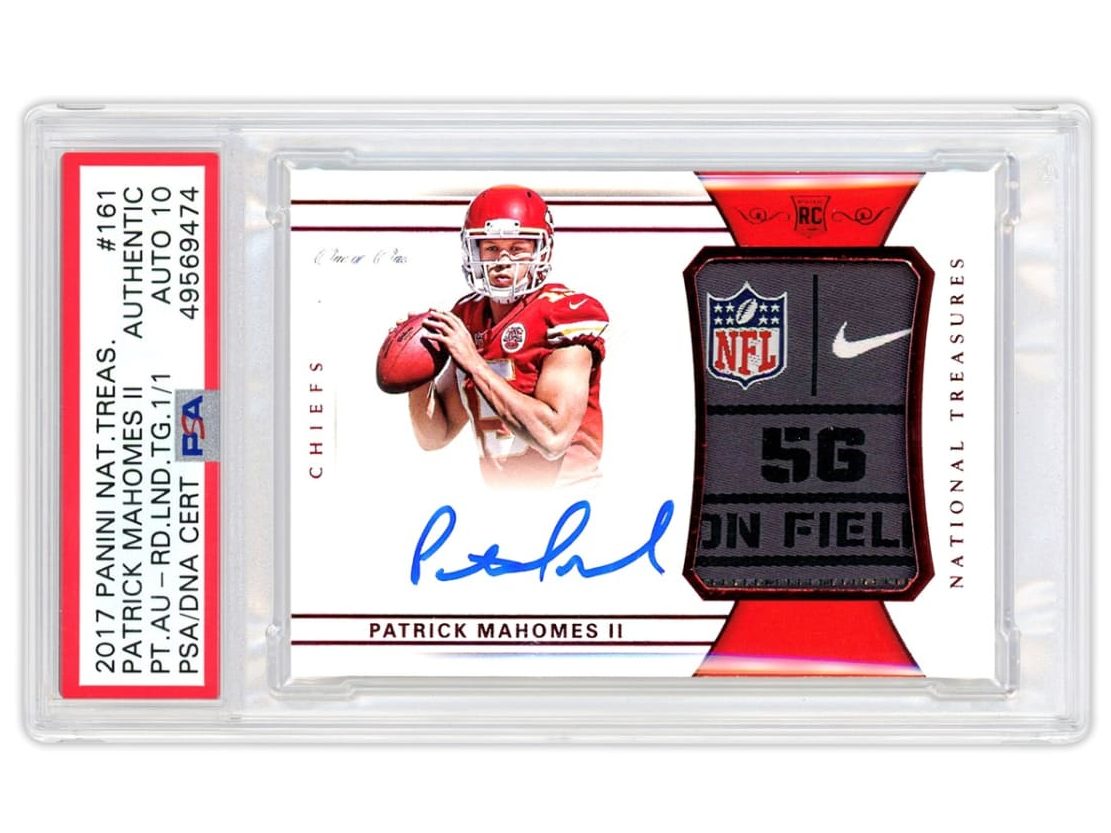Did you just hit what feels like a HUGE card? Was your first thought, “I NEED to grade this?”
Let’s break down the questions you should be asking, to determine if grading is the correct step.

The Card
- Is the card in Mint condition? Check corners for sharpness, edges for shipping, check how centered the card is and most importantly, CAREFULLY examine the surface of the card for scratches, dimples or imperfections.
- It is important to be BRUTALLY honest with your assessment!
- Is this a Rookie Card? A base card? Is it a thick cut card? Chrome? Paper? Acetate?
- If you look at grading trends, you will see that acetate cards can be MUCH harder to grade, than a Paper card. Surface imperfections are MUCH more common in an acetate or chrome card, compared to a paper card.
The Numbers
- How much is the card worth?
- This will help determine which grading level needs to be used, and if it makes sense to invest in grading it.
- How much is the grading?
- For this post, we will focus ONLY on PSA as it is the gold standard for grading (at this time) in the industry.
- Does the Cost of Grading added to the price of the card… give you financial upside?
- If the card grades a 10… or a 9… or an 8… does it leave you room on the back end to cover the grading costs? This is where most people go wrong. They grade EVERYTHING they like… without regard to what type of upside there is to grading.
The Bottom Line
You have to do your HOMEWORK and you have to be HONEST! Look up comps to determine the risk you have if your grade comes back lower than expected. You also have to be honest as to the condition of your card. EVERYONE wants their card to be perfect… but by not being honest with yourself… you are only burning MORE money by convincing yourself a likely PSA 8 is a PSA 10…
